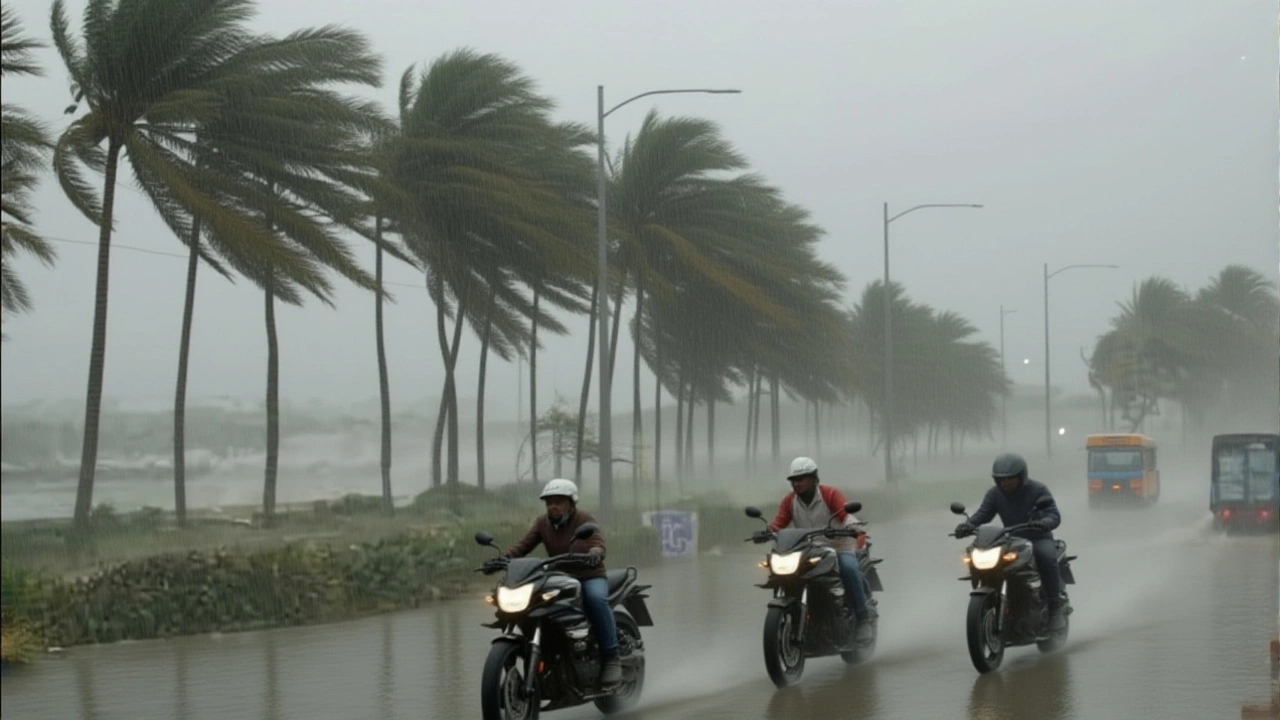India Meteorological Department – Updates, Forecasts, and Weather Insights
When talking about India Meteorological Department, the government body that tracks weather, issues forecasts, and studies climate trends across the subcontinent, it’s easy to forget how closely its work touches our everyday plans. Whether you’re checking the morning outlook before a commute or a farmer timing sowing season, the department’s data drives decisions. Stay updated with India Meteorological Department insights and you’ll never be caught off guard by sudden showers or heat waves.
One of the most watched services is Monsoon Forecasting, the seasonal prediction that tells millions when and where the rains will arrive. Accurate monsoon forecasts shape agricultural schedules, water reservoir management, and even power generation from hydro plants. The department combines ground stations, coastal buoys, and satellite inputs to model rainfall patterns weeks ahead, helping farmers decide when to plant and when to harvest.
Equally vital is the Cyclone Warning System, a network that alerts coastal regions about tropical cyclones, their paths, and intensity. When a storm forms in the Bay of Bengal or Arabian Sea, the system issues bulletins, watches, and warnings that enable local authorities to evacuate vulnerable areas, secure property, and mobilize rescue teams. The timely alerts have saved countless lives and reduced property damage over the past decade.
The backbone of these services is Weather Satellite Data, high‑resolution images and atmospheric measurements captured from orbit. Satellites monitor cloud cover, sea surface temperature, and wind speed in real time, feeding algorithms that improve short‑term forecasts and long‑term climate models. By blending satellite streams with ground observations, the department can spot developing weather systems days before they affect the ground.
All this technical work feeds into broader Disaster Management, the coordinated effort to prepare for, respond to, and recover from weather‑related emergencies. From early alerts for flash floods to heat‑wave advisories, the department collaborates with state agencies, the National Disaster Management Authority, and local NGOs. Their role isn’t just issuing warnings; it’s providing actionable guidance—like safe evacuation routes, recommended shelter locations, and post‑event recovery steps.
Beyond these core functions, the department runs climate monitoring programs that track long‑term changes in temperature, precipitation, and extreme events. Researchers use this data to study trends such as rising heat indices, shifting monsoon onset dates, and increasing frequency of severe storms. These insights feed into policy discussions on climate resilience, urban planning, and sustainable agriculture.
What ties all these pieces together is a commitment to keep the public informed with clear, reliable, and timely information. Below you’ll find a curated mix of articles that touch on everything from sports events affected by weather to cultural festivals that align with seasonal cycles—each showing the ripple effect of the department’s work. Dive in to see how accurate forecasts, robust warning systems, and cutting‑edge satellite tech shape the stories we read every day.

